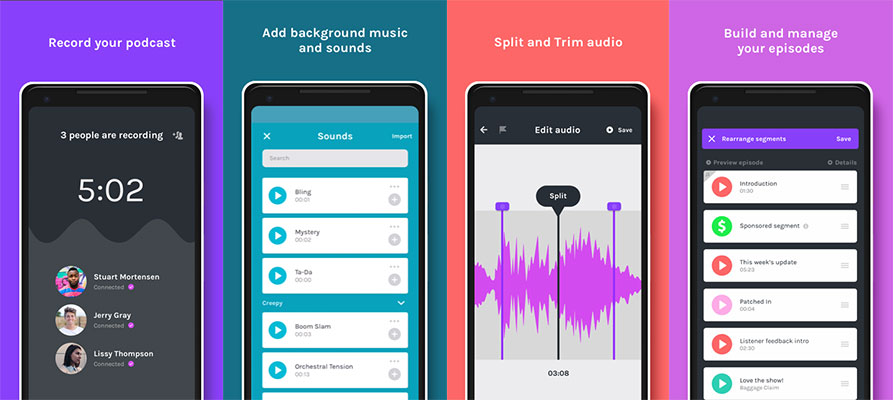


So if on that anchor I put a dancing character, that character will be put again in the same position every time the app gets executed: the virtual object becomes so consistent in all the different runs of the app, it is as if it was part of the real world.

I save the anchor of my desk corner during the execution of the program, and then, when I close the app and launch it again, the system can analyze the surroundings and find the point that is represented by the definition that was previously saved: the system will so look for the “straight corner on a wooden desk, with close to it a mouse and a laptop” and when it finds it, it can recover the previous status of the app. If it were a human, probably it would define it with a textual description like “a straight corner on a wooden desk, with close to it a mouse and a laptop”, but since it is a machine, it would define it with lots of numbers that identify the so-called “features” (simplifying it a lot, the characteristics of the texture around the point). The system analyzes the surrounding of that point through the images that arrive through the cameras and finds a mathematical definition of that point. Let’s make an example to explain it better: let’s suppose that I want to put an anchor on the corner of my desk. The anchor can so survive between different executions of the program on the same device, and can also be shared between multiple devices, so different devices can use it as a common reference point. If this description holds between different executions of the applications, because the physical space has not changed, the anchor will be persistent and shareable. An anchor is associated with its representation: this is basically a description of the physical space around it, so that the anchor can be recognized. Spatial Anchors are a common feature in augmented reality frameworks: an anchor is a point in the physical space that the AR system can reliably detect (and track) even in different sessions. Yes, it is worth watching it.Īs usual, keep reading for the written version of the tutorial. Yes, it took me a lot to shoot this video.


 0 kommentar(er)
0 kommentar(er)
